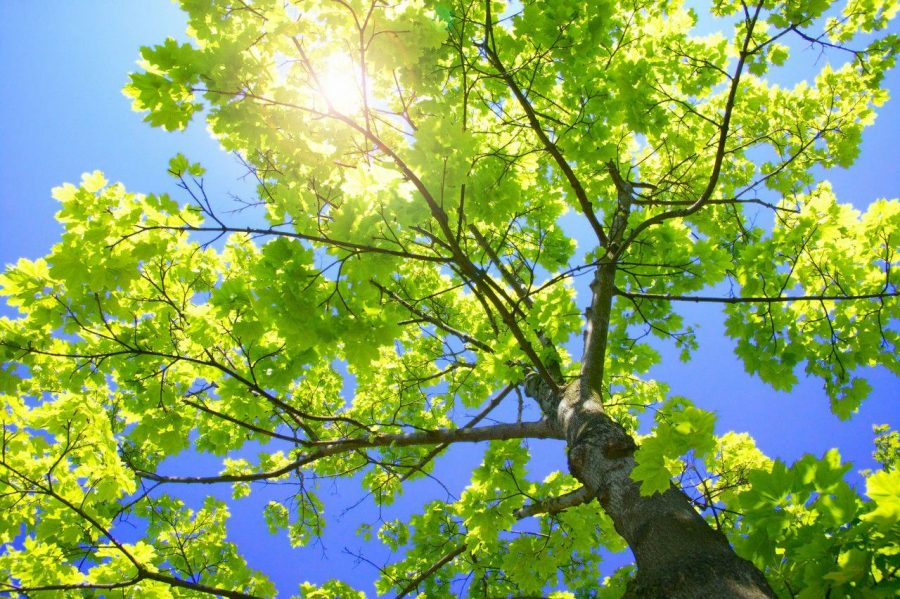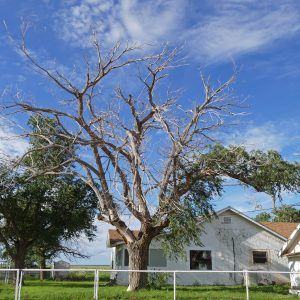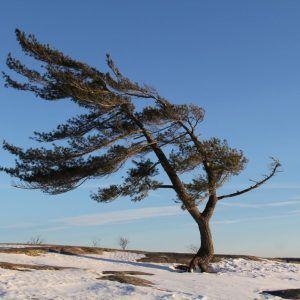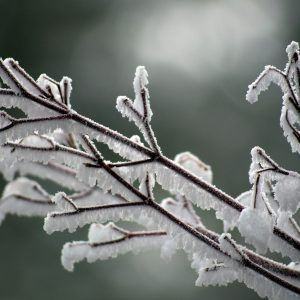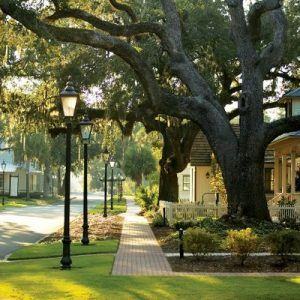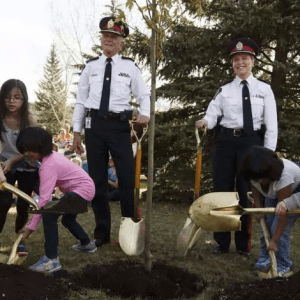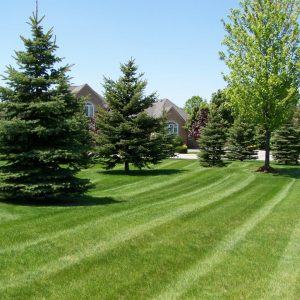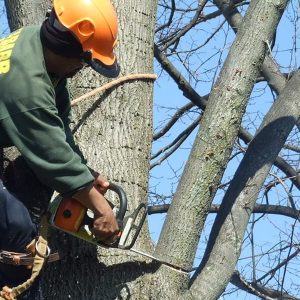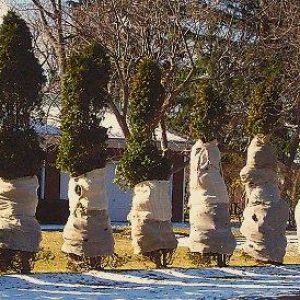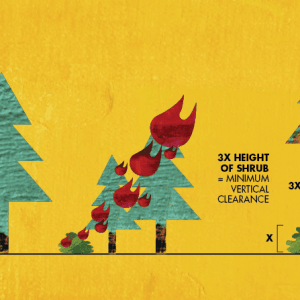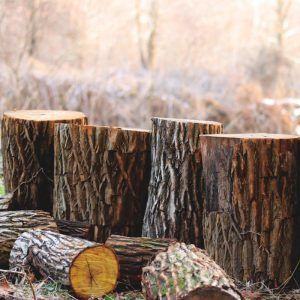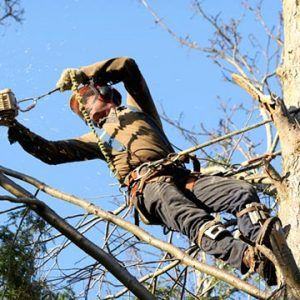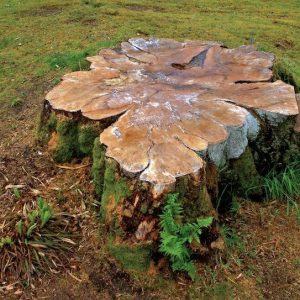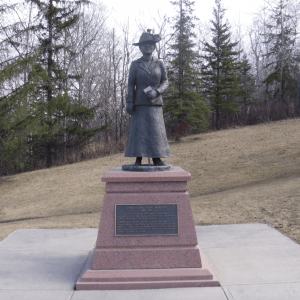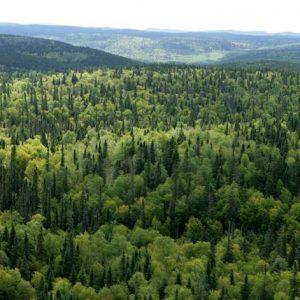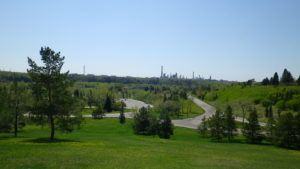For our fifth installment on Alberta tree dangers, we will be looking at Bronze leaf disease — a boreal fungus that grows in Alberta’s vast forests as well as its urban canopies. Bronze leaf disease is a fungus that infects various poplar species and hybrids, including the columnar aspens and tower poplars so prevalent in Alberta’s ecological makeup. Symptoms of bronze leaf disease typically appear in late summer or early fall, which means that they could be affecting your yard at this very moment. Our tree pruning experts can show you what to look for (even if symptoms may only be on a few branches or leaves) and how to treat your lawn or yard from the ravages of this troublesome fungus.
Bronze leaf disease diagnosis may be difficult because it shares symptoms with a number of other tree diseases, and not all species and varieties of poplar exhibit the same symptoms. Reddening of leaves rather than browning, and green veins in the place of healthy brown veins help to distinguish this disease from Venturia leaf blight, which also commonly affects poplar species. Symptomatic leaves associated with septoria leaf spot may also resemble those associated with bronze leaf disease, but it’s important to note that septoria-infected leaves tend to be more spotted and these spots often have centers, giving them a round, bulls-eye appearance.
In midsummer, leaves turn reddish-brown, beginning at the leaf edges and move progressively inward. Symptomatic leaves typically originate in the lower crown and eventually spread farther and farther through the entire canopy. Discoloration may be observed as single leaves or entire branches — so keep your eyes peeled, as early diagnosis is the key to overall tree health. The interior tissue of infected branches and stems may also be bronze-colored. The leaves of infected trees are underdeveloped and heavy infestation can lead to branch dieback, so if you notice misshapen or shortened branches, you know you may be dealing with bronze leaf disease.
Early detection and treatment is important to identifying and stemming the onset of bronze leaf disease. There are currently no known chemical controls for bronze leaf disease, so taking preventative actions and understanding treatment options can save trees and mitigate the risk of widespread infection. If symptoms spread around the tree and dieback occurs on infected branches, if Infected leaves turn orange-brown to reddish-brown and the coloration starts at the edges of the leaf and moves inward toward the base, or if browning is observed under the bark of diseased branches, it’s time to call a professional arborist to take a look.
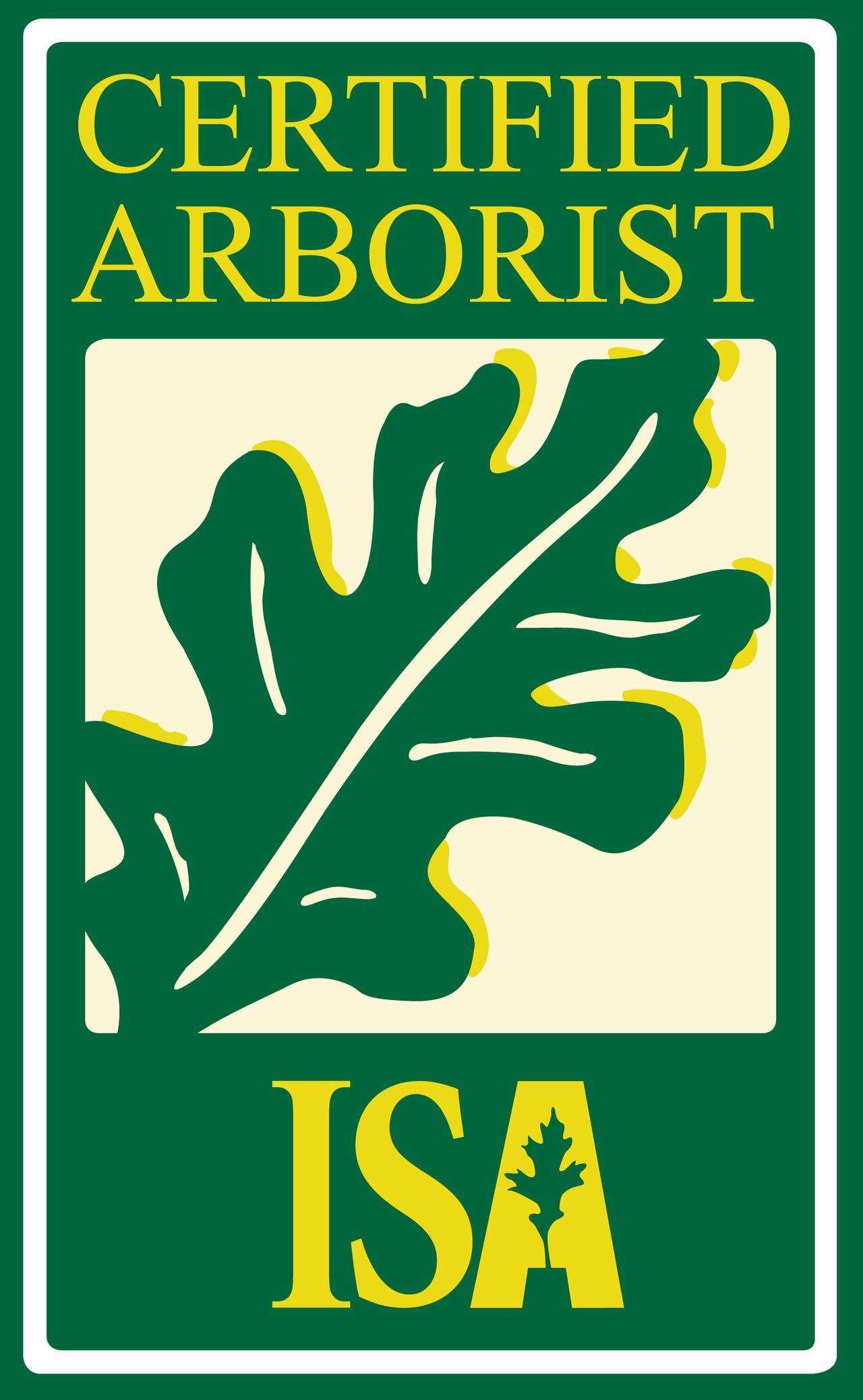
Because Apioplagiostoma populi, the fungus that causes bronze leaf disease of poplar, moves systemically (within the plant’s vascular system), and because (as with other fungal scourges, like Black Knot) there’s no chemical treatment for Bronze Leaf, once established, it can’t be eradicated. The only treatment is to containment via removing affected branches or, at last resort, the tree itself. Good sanitation is the best method of preventing the disease, so picking up leaf litter from under the trees as soon as it accumulates is important, but once the disease begins to spread, the only real remedy is professional tree pruning.
A professional Chipps Tree Care specialist will prune out affected branches into healthy wood while still attempting to maintain the tree’s shape, often pruning branches back to the trunk. Our ISA-certified arborists know how to prune the tree without causing further damage and will be sure to sanitize pruning equipment between cuts to avoid transferring the disease. If you suspect that your trees may be suffering from bronze leaf disease, contact us right away. Acting quickly is the best defense for your yard, so don’t delay — give us a call today. Your trees will thank you!


